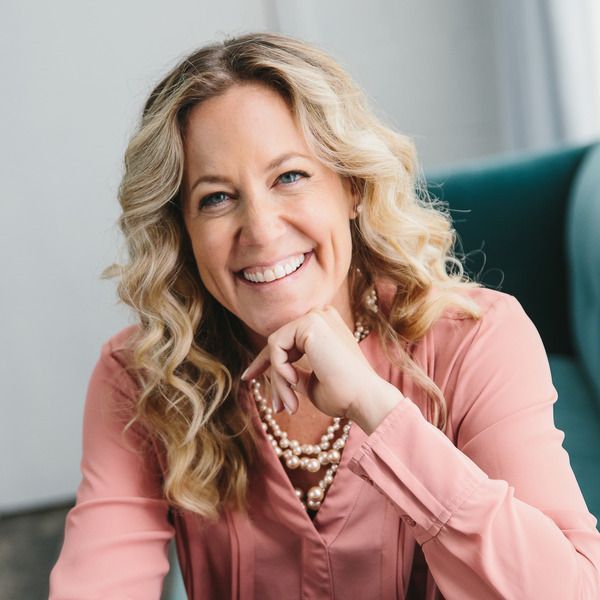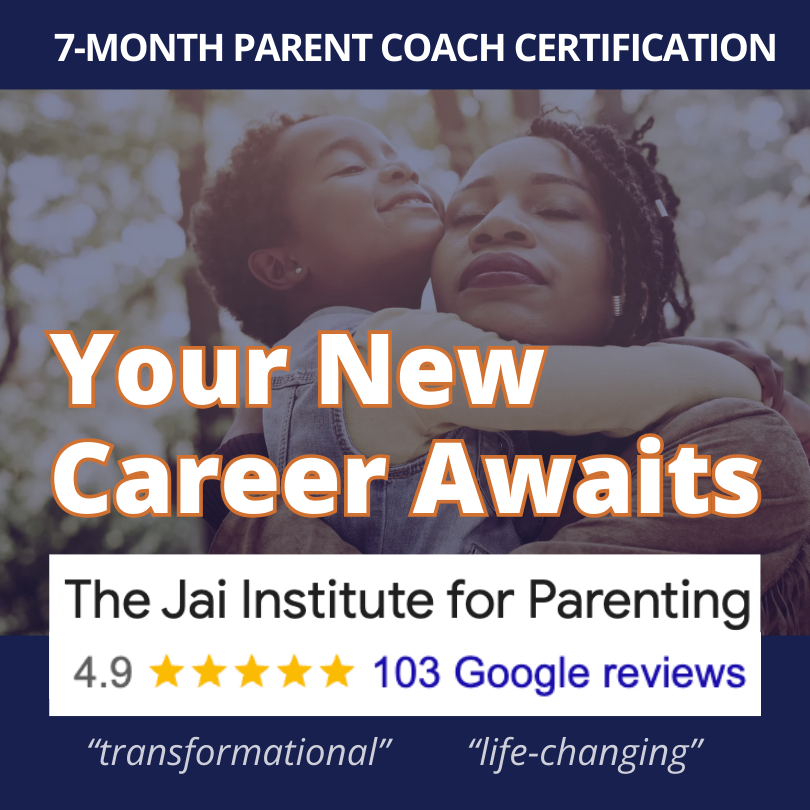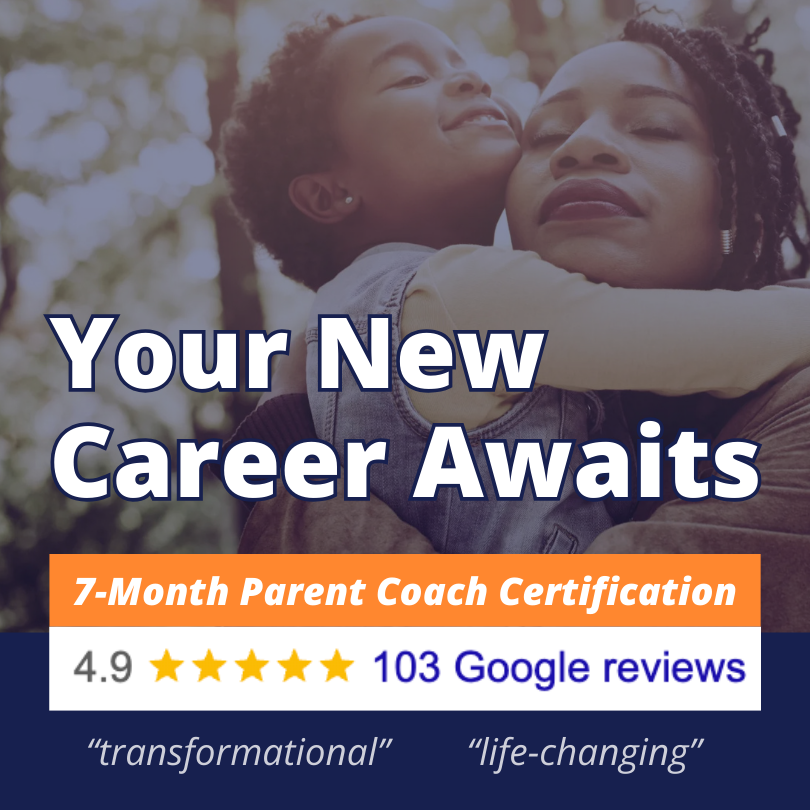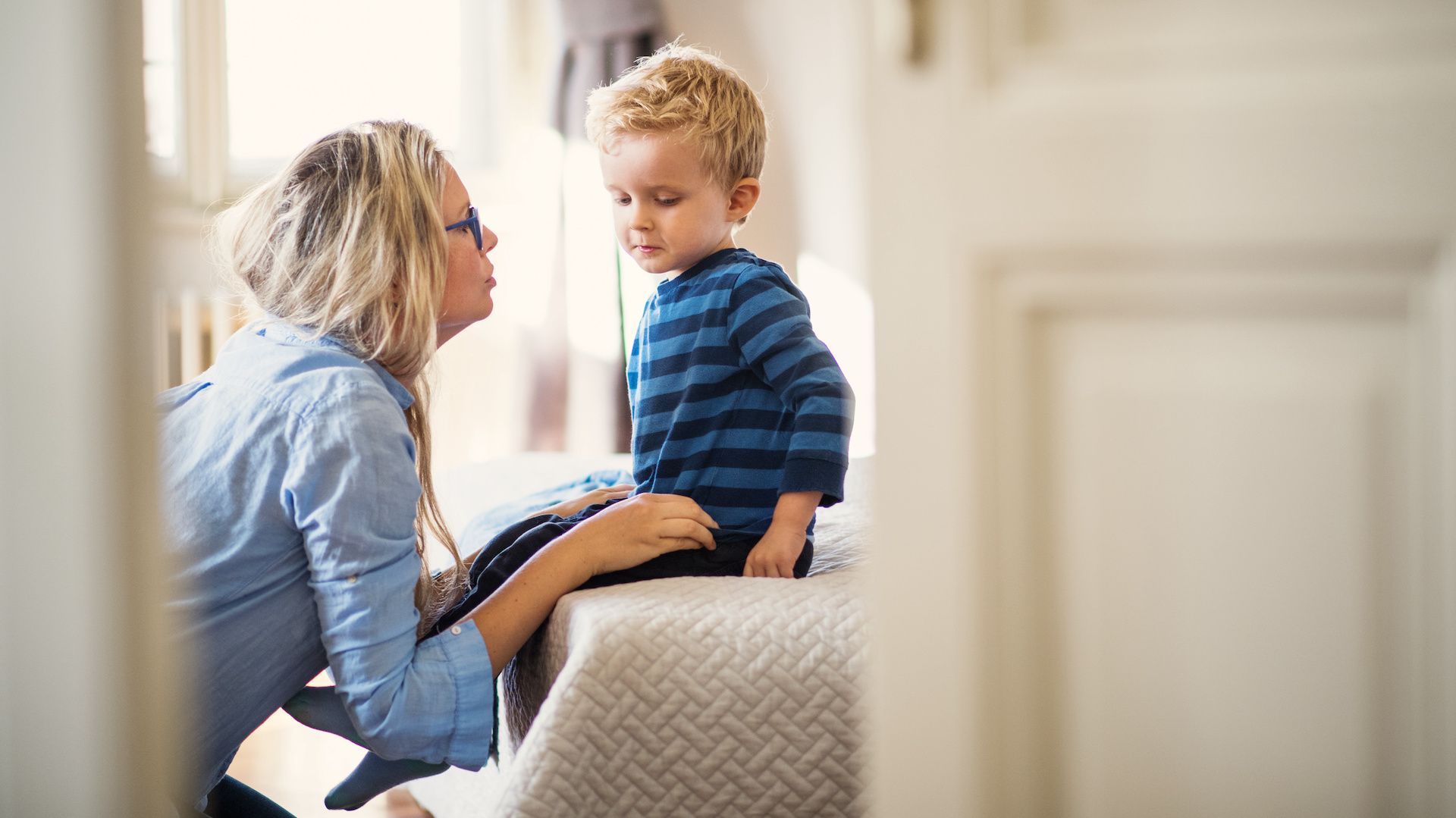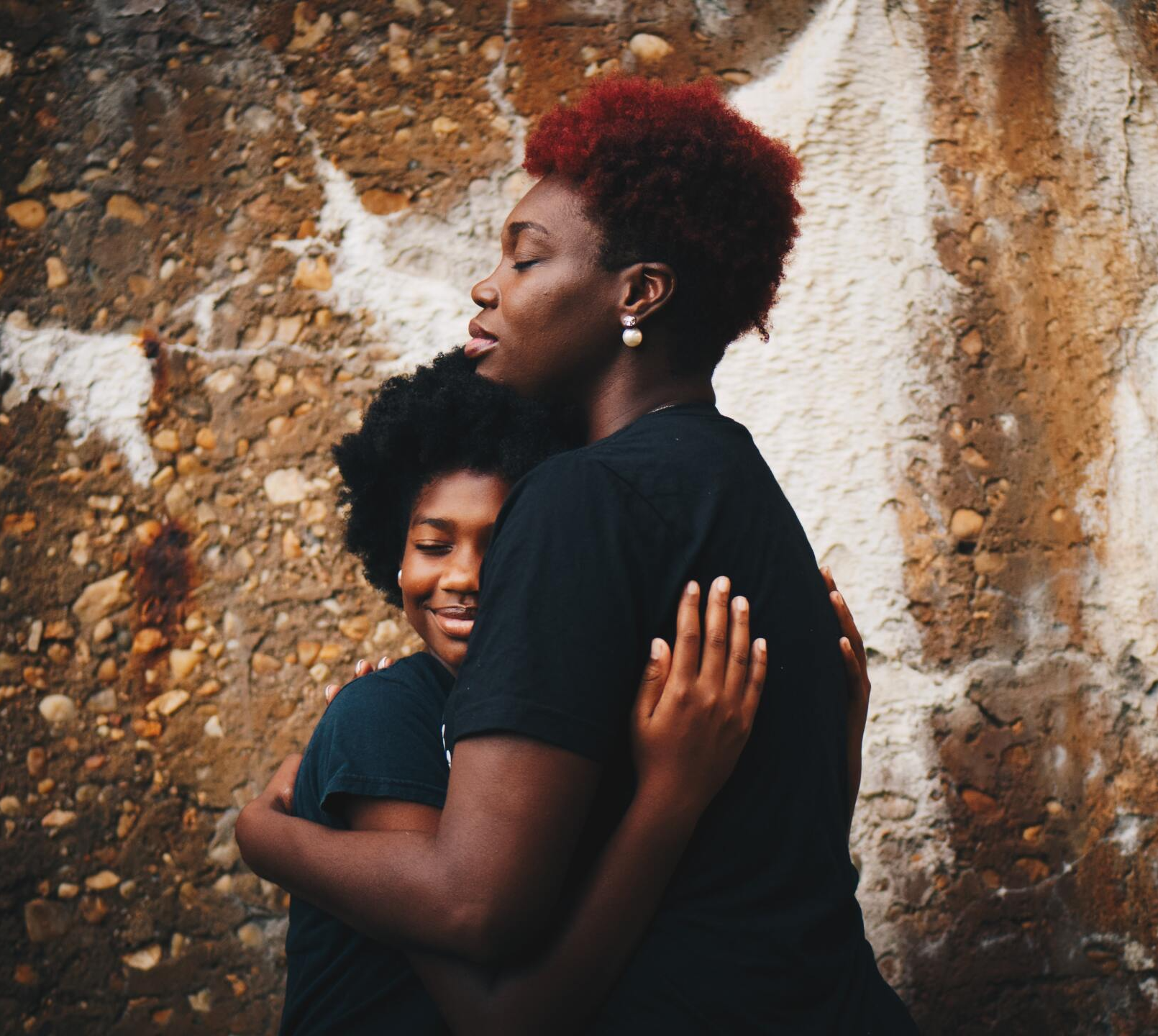How to Set Limits and Boundaries… Peacefully

Peaceful Parenting is not permissive parenting. Children require our guidance and support to learn to behave in appropriate ways, stay safe, and develop healthy life skills like discipline, trustworthiness, and respect for others' needs.
One of the biggest questions that we receive from parents is: “Well if I’m not using time-outs or punitive consequences to change my children’s unwanted behaviors, what am I supposed to do… just let them run wild?”
And one of the great misunderstandings of gentle parenting is that it means that we aren’t supposed to correct children’s inappropriate behaviors or praise them when they do well.
Effective Peaceful Parenting uses natural and logical consequences, combined with empowered communication, to maintain limits and boundaries with our children.
As parents, we are responsible for teaching our children how to behave and navigate life’s inevitable challenges with increasing emotional maturity. So, as
Peaceful Parents, we need to think about how and what our children need to learn based on their age and how to support them when they are struggling to meet appropriate expectations of their behavior.
Actions, choices, and behaviors HAVE consequences. When we rob children of the opportunity to experience the consequences of their choices, they will not learn from the experience.
The primary difference between traditional and
Peaceful Parenting styles is that parents are the facilitators of consequences rather than the architects of the consequences.
Boundaries and Consequences
There are a myriad of reasons that setting boundaries (we can even call them rules) is vital to parenting. They keep our children safe. They teach our children not to harm others, physically or emotionally. They support us to create more peace and cooperation with our children. They support children in following through on their commitments and pursuing their goals.
Boundaries are most effective when they are supported by values.
Family values are the WHY of the boundaries and rules we create. Without teaching our children the value that is guiding the boundary, we can unintentionally shift into
power-over parenting.
“Don’t hit your sister!”
-vs-
“We don’t hit. Hitting your sister hurts her body. In this family, hands are for helping, not hurting. Remember, we do not hurt people in our family.”
“You may not speak to me that way!!!”
-vs-
“I am feeling upset by the words that you just said. Remember, you can be kind and ask for what you want at the same time. Can you try again?”
Boundaries must be taught, repeated, and reinforced. It can feel frustrating to repeat ourselves over and over when we have a story that children shouldn’t need to be told what to do repeatedly. There’s an opportunity for a mindset shift here because
children DO need to be told repeatedly what to do (especially when they are younger), and as we embrace the truth of this reality, our frustration dissipates.
Boundaries are best followed when they are taught simply and applied consistently. It’s no wonder that children continue to test a boundary when they break it on Tuesday, and the boundary is upheld and then repeated on Thursday, and it is left unaddressed.
Four Steps to Teaching a Boundary:
- Name it
- State the value it upholds
- Reinforce the natural or logical consequence of the boundary
- Teach a desired alternative behavior
“You may not throw the ball in the living room. We take care of our home, and the ball might hit something and break it. Would you like to go outside to throw the ball or find something else to do inside?”
Peaceful Parenting DOES Apply Natural and Logical Consequences
Instead of looking at problem behaviors and thinking about what you want the child to STOP doing, try looking at problem behaviors and thinking about what skill you could teach to replace those disruptive and challenging behaviors.
As Peaceful Parents, natural and logical consequences are teaching tools versus punitive measures.
A natural consequence stems from the inevitable outcomes of choices and behaviors. It is a consequence that happens in real life. If a child forgets their homework at home, the natural consequence is that they will get a lower grade. We get to resist the urge to bring their homework to school to allow the lesson to be taught. A natural consequence of speaking harshly to another child is that they may not want to be friends with our kid anymore. We get to resist the urge to insert ourselves into their dynamic.
A logical consequence is a choice we make directly related to the lesson we want to teach our child. If a child refuses to wear their safety helmet on their bike, we remove access to the bike. If children are fighting, we can use our bodies to create distance between them and separate them (not punitively, but for their safety.) A logical consequence of not clearing dishes from the table is not allowing screen time until the dishes have been cleared and put in the dishwasher.
When natural and logical consequences are applied calmly and consistently, children learn from them. They are our best tools as Peaceful Parents, with one essential caveat.
Setting Boundaries and Limits Peacefully Requires Congruence
Congruence means that we are authentic with how we behave on the outside and we feel on the inside as we parent. If our children’s behavior has caused us to be triggered, angry, or upset, it’s okay! There are healthy communication tools to allow us to express our feelings without causing emotional or relational harm. We call this the Empowered Communication Framework, and it is outlined below.
However, our children know if we are boiling on the inside and trying to project coolness and calm. They can sense and see it. Our children are highly attuned to our tone, body language, and micro-expressions. By hiding our authentic selves, we lose the trust of our children.
Human beings will not learn in an environment where the ‘teacher’ is not trustworthy.
This is why developing
nervous system regulation skills using sensory calming tools and practices is essential and should not be faked.
And here’s the kicker… your authentic anger, expressed maturely, IS a natural consequence of your kids’ behavior. In fact, it is one of the most powerful natural consequence examples in life:
The way we act and behave impacts others.
The Empowered Communication Framework for Healthy Conflict Resolution
The foundational skill of being able to set boundaries and limits peacefully is communication.
Communication is a learned and learnable skill, and for most adults, it requires a phase of unlearning. We may have grown up with communication in conflict being packed with shame, guilt, defensiveness, stonewalling, etc., so we get to learn a new way.
Here at Jai, we teach
The Empowered Communication Process.
Step 1: State Your Concern Clearly
Share your concern with your child. Do not embellish or overdramatize. If possible, state your concern as objectively as possible.
Example of stating concern:
- I’m nervous about how late we’ve been leaving home in the morning. We’ve been late for school for four days this week.
- I’m concerned about the words you’ve been using with your sister.
- I’m ready to work out our struggle around dinner time.
- I’m concerned about the amount of time you’ve been on your phone. I noticed this week you’ve been up until past midnight every night.
Step 2: Take Responsibility For Your Part
Taking responsibility for your part means that you may apologize.
Examples include:
- I apologize for not addressing this sooner. I dodged a direct conversation with you.
- I’m really sorry about how I responded to you in the car. That was not gentle.
- I’d like to apologize for how distant and unavailable I’ve been this week.
- I acknowledge how I’ve been gone at work so much, and not able to be with you at bedtime. I see your sadness and I want to find ways to spend lots of time together.
Step 3: State Your Feelings And Needs
Clearly make a feelings and needs statement. Be sure to take responsibility for your feelings and needs and express them in a way that does not put any weight on the other person to fix your feelings or take care of your needs. Speak in the “I” statement.
Asking for consent to share your feelings: “Would it be okay to share how I feel and what my need is? You don’t have to DO anything about it. I would feel supported just being heard.”
Sharing your feelings and needs example: “I’m feeling really sad about how often we have been arguing. I am really longing for us to be communicating clearly and calmly.”
Step 4: Offer Empathy For The Other Person’s Feelings And Needs
After sharing your feelings and needs, without putting ANY responsibility on the other person to fix them, take care of your feelings, or change how you feel, you then open a path to vulnerability. You can invite your communication partner to share how they feel and what needs are coming up for them.
Example of offering empathy:
- Are you feeling overwhelmed right now?
- I imagine you are feeling stressed. Also, I remember how you do not like being late to school. Can you share more?
- Can you help me understand what feelings are coming up for you right now?
- Do you need support with screen-time boundaries? Maybe it’s too difficult to turn the screen off. It’s really hard for me, too.
Step 5: Make A Request, NOT A Demand
Making a request clarifies how you both can move forward from this point. One sentence that works superbly well in making a request is “Would you be willing...?” Then, arriving at a plan together will lay the groundwork for clear communication moving forward.
Requests are:
- Specific, not general. Potential answers: who, what, when, where, and how long.
- Do-able and positive, not discussing what you do not want.
- Not attached to the outcome; holding space for your request to find a different form to best serve everyone.
Example of connection requests:
- Would you be willing to repeat back what I’ve said so I know I’m communicating clearly?
- I’m so curious about how you feel/what you are thinking right now. I would feel more at ease if you could share a couple words about your experience right now.
Example of action requests:
- I would feel so thankful if you would be willing to support me with the laundry on Saturday afternoons. You could put your clothes away, and I can do the rest.
- I am really hoping for support and ease in our mornings. Would you be willing to wake up about 15 minutes earlier? We could set an alarm and make a chart for you to follow so you know exactly what to do.
“If a child doesn’t know how to read, we teach.”
“If a child doesn’t know how to swim, we teach.”
“If a child doesn’t know how to multiply, we teach.”
“If a child doesn’t know how to behave, we…..Punish."
— John Herner, National Association of State Directors of Special Education President 1998-1999
Children’s annoying, frustrating, "nonsense" behaviors are functional for the child. Simply punishing behavior will not bring about true success. Problem behaviors are opportunities to teach and impart wisdom to the child that they may use for the rest of their lives.
For more support in developing the mindset and skills required to set boundaries and limits peacefully, grab our FREE 5-Part Course:
The Jai P.E.A.C.E. Process.
Meet Your Author, Kiva Schuler
Jai Founder and CEO
Kiva’s passion for parenting stemmed from her own childhood experiences of neglect and trauma. Like many of her generation, she had a front row seat to witnessing what she did not want for her own children. And in many ways, Jai is the fulfillment of a promise that she made to herself when she was 16 years old… that when she had children of her own, she would learn to parent them with compassion, consistency and communication.
Kiva is a serial entrepreneur, and has been the marketer behind many transformational brands. Passionate about bringing authenticity and integrity to marketing and sales, she’s a sought after mentor, speaker and coach.
READ MORE:
Curious for more?


